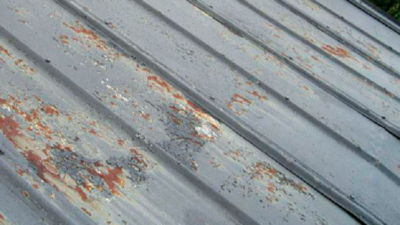The Domain Name System (DNS) is the central part of the Internet and provides a means of matching between the name (the website being searched for) and the number (the website address). Any device connected to the Internet—a laptop, tablet, mobile phone, website has a digital Internet Protocol (IP) address. Your favorite website may have an IP address like 64.202.189.170, but this is obviously hard to remember.
However, domain names like “the best domain name.com” are easily recognized and remembered. DNS synchronizes domain names with IP addresses, allowing people to use domain names that are easy to remember, while computers on the Internet can use IP addresses.
Let’s take a look at what connects billions of Internet users and 333.8 million domain names*, and what role VeriSign has played in it.
How dns works step by step
The working principle and process of DNS are divided into the following steps:
Step 1: The client proposes a domain name resolution request and sends the request to the local domain name server.
Step 2: When the local domain name server receives the request, it first queries the local cache. If there is this record, the local domain name server directly returns the result of the query.
Step 3: If the local cache does not have the record, the local domain name server directly sends the request to the root domain name server, and then the root domain name server returns the primary domain name of the domain (the subdomain of the root) of the local domain name server. The address of the server.
Step 4: The local server sends a request to the domain name server returned in the previous step, and then the server that accepts the request queries its own cache. If there is no such record, it returns the address of the relevant lower-level domain name server.
Step 5: Repeat step 4 until you find the correct record.
Step 6: The local domain name server saves the returned results to the cache for the next use and returns the results to the client.
Let us give an example to elaborate on the process of resolving domain names. Suppose our client wants to visit the site: www.element.org, the local domain name server for this customer is dns.company.com, one root domain name server is ns.inter.net, and the domain name server of the website to be visited is dns .element.org.
DNS resolution process:
- The client proposes a domain name resolution request and sends the request to the local domain name server.2. When the local domain name server receives the request, it first queries the local cache. If there is this record, the local domain name server directly returns the result of the query.3. If there is no such record in the local cache, the local domain name server will directly send the request to the root domain name server , and then the root domain name serverwill return to the local domain name server for the primary domain name server of the query domain (the subdomain of the root). address.4. The local server sends a request to the domain name server returned in the previous step, and then the server that accepts the request queries its own cache. If there is no such record, it returns the address of the relevant lower-level domain name server.5. Repeat step 4 until you find the correct record.6. The local domain name server saves the returned results to the cache for the next use and returns the results to the client.
How can I check if the DNS server is working properly?
At this time, it depends on the DNS address used by the local computer, and query his operation.
Step 1: Enter the command line mode by pressing “Start -> Run -> Enter CMD”.
Step 2: Enter the ipconfig/all command to query the network parameters.
Step:3 in the ipconfig /all display information can see a place to write DNS SERVERS, this is the local DNS server address. For example, the author is 202.106.0.20 and 202.106.46.151. It can be seen from this address that it is an external network address. If there is a parsing error in the external network DNS, you can replace the other DNS server address to solve the problem.
Step 4: If the internal network address of the personal company is displayed at the DNS server , it means that the DNS resolution of the company is completed by the internal DNS server. In this case, you need to check the DNS server in the DNS server. Perform nslookup operation to see if it can be parsed normally. Solve the DNS service failure on the DNS server, and generally the problem can be solved.
Note that improper DNS settings cause some sensitive information to leak. Provides powerful information to hackers for further attacks.










Comments